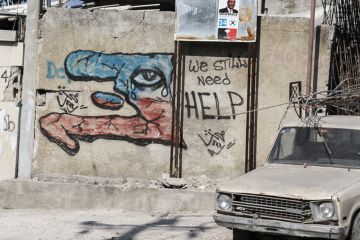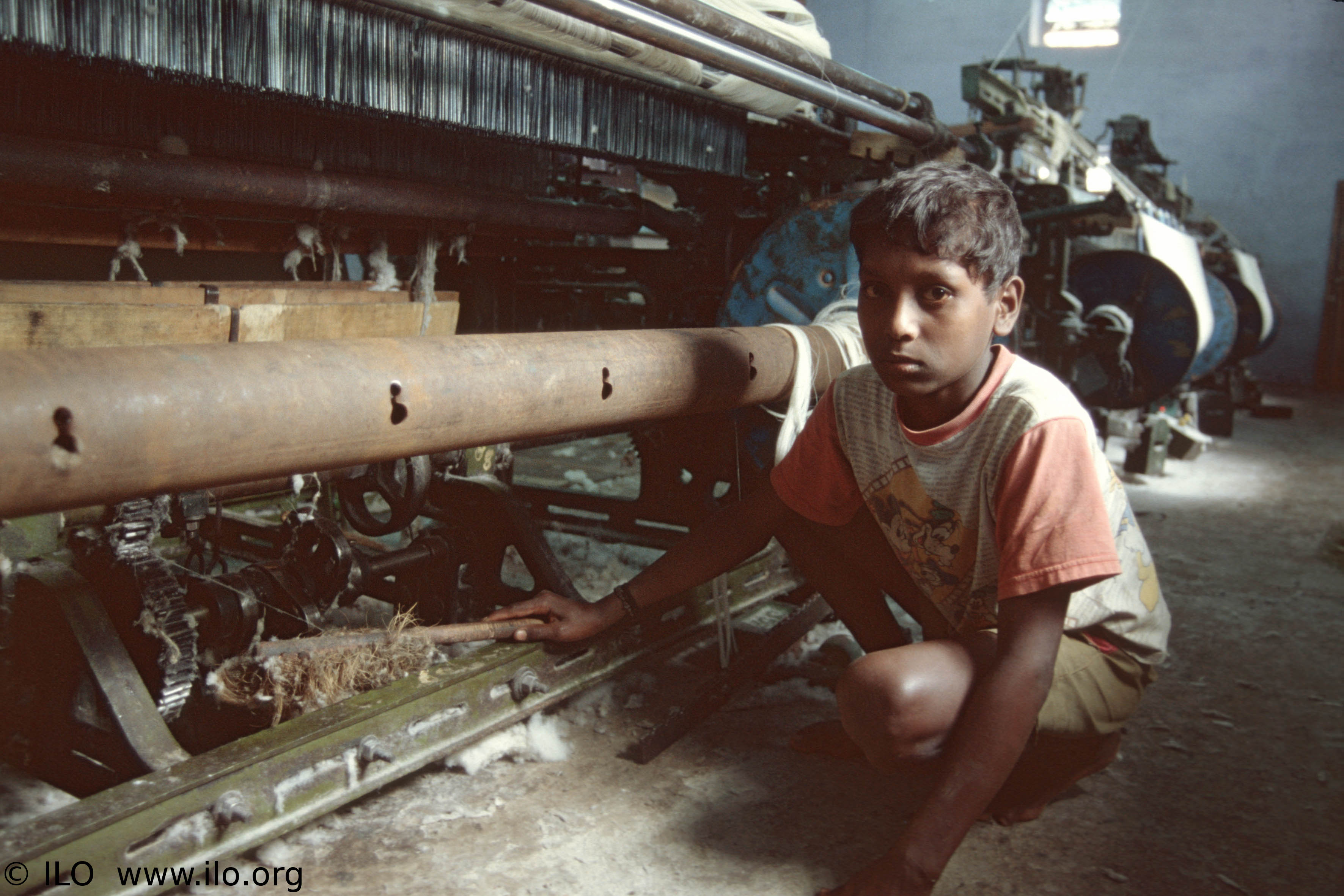I’m watching the forecast for Hurricane Sandy halfway across the world and the weather map invariably shows a storm on the move. The clouds stewed briefly above the Caribbean, sure, but the chief attraction is to see them pinwheel up the Eastern US Seaboard. It’s a heart-pumping prelude to a “frankenstorm’s” showdown with New York City.
I’m watching the newscast on Sandy’s aftermath a few days later. The map is gone but the feeling remained the same. Logic says that the storm must also have struck the Caribbean, but news reports draw my sight away from there, filling it instead with the calamity in New York.
There are those beside me who noted this imbalance in media coverage. Garry Pierre-Pierre of The Guardian, for one, sucker-punched the “western media” with a double accusation that not only did it forget to mourn Sandy’s toll in the Caribbean, it missed the journalistic goldmine of “vivid human stories” about the resilience of the affected and the courage of local responders. But is the western media’s neglect of the Caribbean’s storm experiences just poor journalism, as Pierre-Pierre contends, or is it also a human rights concern?
In plenty of ways, it is neither. The deaths, homelessness and destitution that Sandy brought to the Northeastern US are poignant, likely preventable tragedies that absolutely bear repeated discussion. An excess of media attention on suffering and victimhood in the storm-prone Caribbean also risks caricaturing the region and the developing world in a haze of helplessness, bringing forth the opposite of Pierre-Pierre’s hope-for effect – at best. At worst, this could shower the region with unsustainable aid efforts and make local governments’ complacent toward disaster relief, as heartbreakingly shown in the aftermath of Haiti’s 2010 earthquake.
The media storm on New York City has also produced some truly worthwhile stories. Reuters’ David Rohde and several New York Times reports showed disaster preparedness and recovery to be experiences differing by class. Stories about looting and blackout in America’s fabled first city are a testament to a highly developed nation’s lingering vulnerabilities before disaster.
Nevertheless, I’m tempted to say that it’s both irresponsible journalism and bad human rights for the media to overlook Sandy’s Caribbean dimension. According to the Caribbean Catastrophe Risk Insurance Facility and the UN, the facts that we didn’t hear from the Caribbean included a reported of 5 million people affected by the storm in six nations, with 72 deaths. In Cuba the storm damaged 200,000 homes while in Haiti, the nation hardest-hit, it took 23,701 homes and 61 cholera-treatment shelters, and displaced around 20,000 people. But these are not only token tragic figures but components to stories of larger human rights significance. Rohde and the Times’ stories told the truism that poverty and chronic under-privilege make natural disasters more devastating. So do the stories of the Caribbean.
Consider that in Cuba, the hurricane took between a fifth and a third of the coffee crop at peak harvest season and heaped coals upon fire on the nation’s decades-old food security problems created by poor planning, political isolation and previous disaster. In Haiti, a significant portion of homes destroyed by Sandy was temporary shelters for the 300,000 Haitians who remain displaced from the 2010 earthquake. For Haiti, Sandy highlights the more alarming issue of how its earthquake recovery efforts have stagnated in spite of the foreign aid and the media hubbub the earlier disaster invited. Pierre-Pierre ventures further to see Sandy as part of a “string of disasters” that has plagued Haiti since 2004. For both nations, the havoc wreaked by the hurricane throws harsh light on ongoing human rights crises and provide entry points to further media discussion about them, even solving them by steps.
Put another way, from a human rights perspective, without media focus on the Caribbean’s experiences of Sandy we miss the biggest picture of all – how issues like the unequal distribution of global wealth and the unsustainability of myriad aid efforts continue to disproportionately dog some nations over others, and how a natural disaster can writ this troubling dynamic large. The media has already done a scale model of this in its coverage of New York’s storm experience. It would have been so natural, meaningful and utterly welcome for it to go the extra mile.




